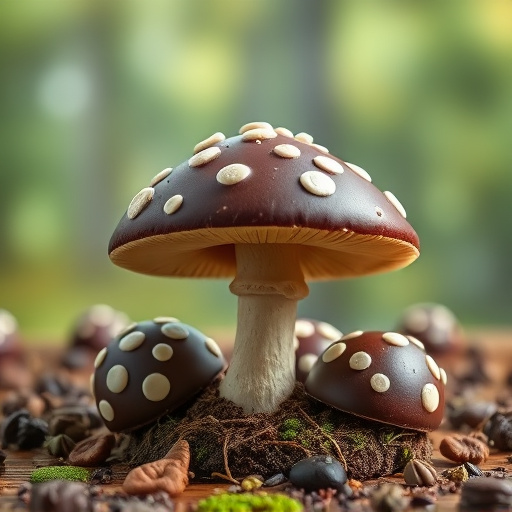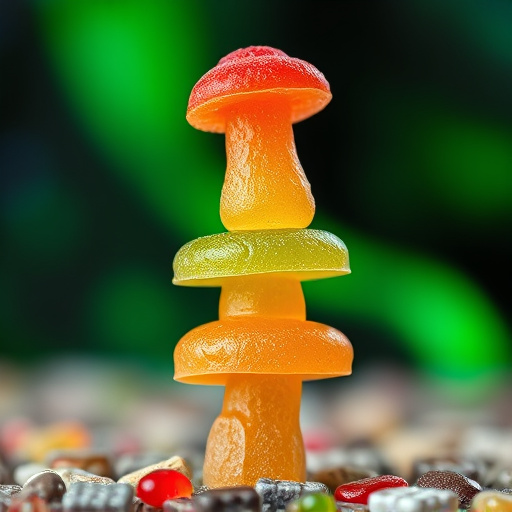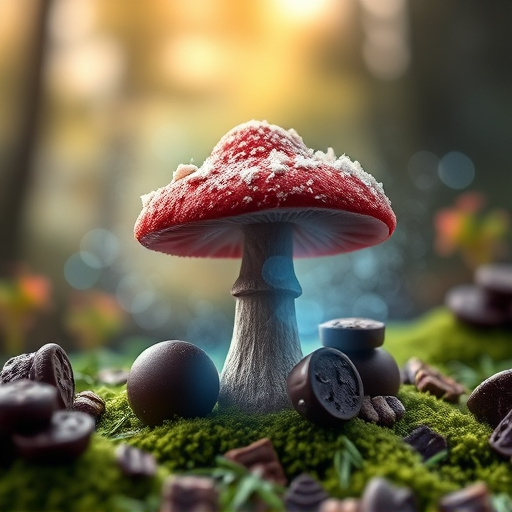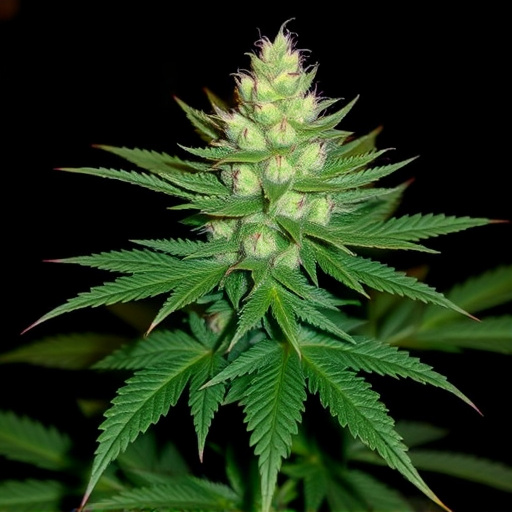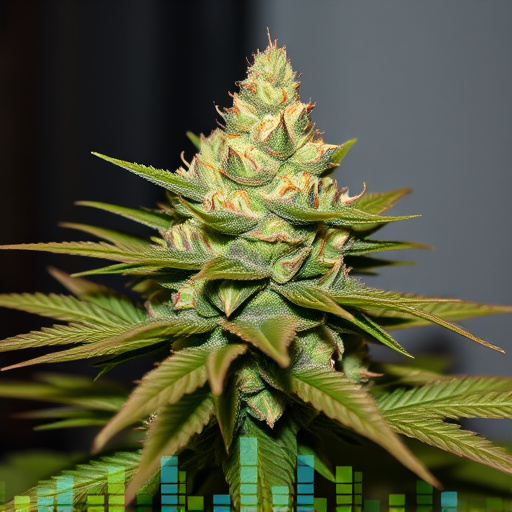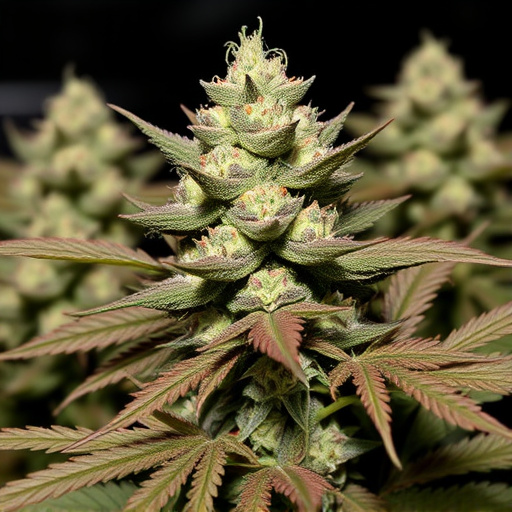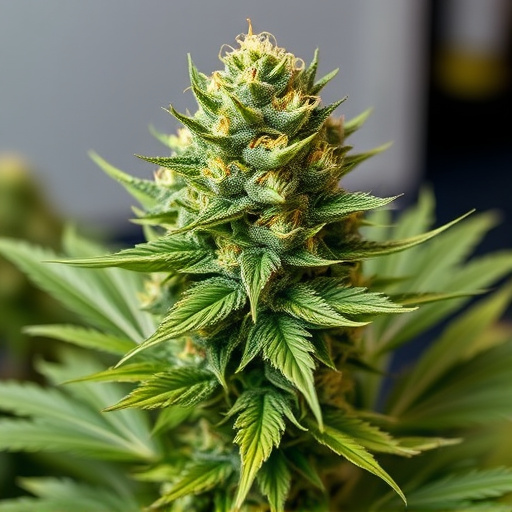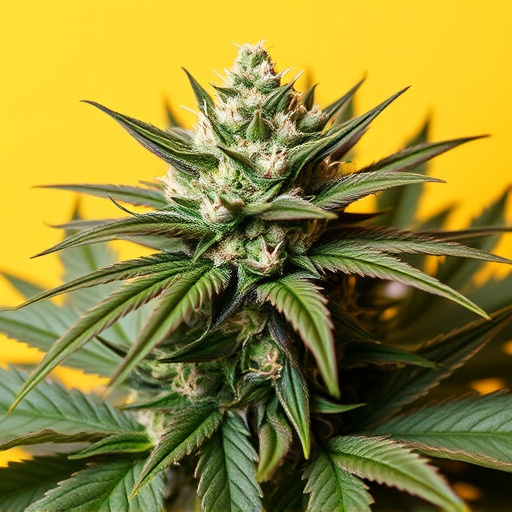Big bud strains' superior potency and quality stem from dense networks of trichomes—tiny glands producing valuable compounds like THC, CBD, terpenes, and flavonoids. These compounds create a sticky resin coating visible trichomes that enhance the plants' appearance and ensure high chemical concentrations sought after by cannabis enthusiasts and medical users. Trichome maturity and density, indicated by color, serve as visual guides for growers and consumers, unlocking the full potential of these powerful plants, especially in big bud strains.
“Discover the unseen powerhouses of cannabis—trichomes. These tiny, sticky structures play a pivotal role in determining the potency of marijuana plants. In this comprehensive guide, we explore why trichomes matter and how they contribute to the overall strength of cannabis. From understanding different trichome types to delving into big bud strains renowned for their high density and potency, we’ll reveal modern cultivation techniques that optimize trichome production, ensuring superior product quality.”
- The Role of Trichomes in Cannabis Potency
- – Definition and importance of trichomes
- – Types of trichomes and their functions
The Role of Trichomes in Cannabis Potency
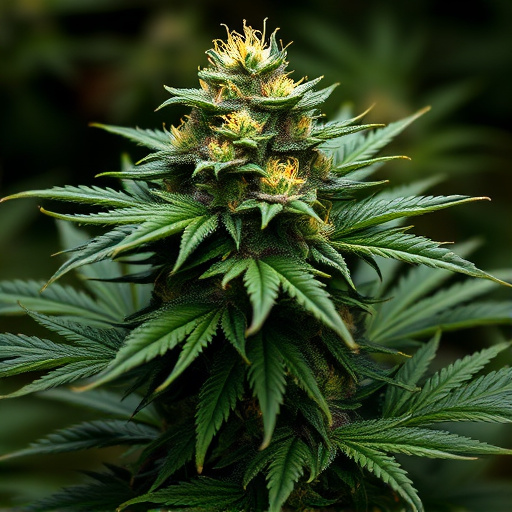
Trichomes, those tiny, hair-like structures that blanket the surface of cannabis plants, play a pivotal role in determining the potency and quality of the final product, especially in sought-after big bud strains. They are not merely cosmetic; instead, they act as defensive glands, producing various compounds that contribute to the plant’s unique chemical profile. These compounds include terpenes, flavonoids, and cannabinoids, with THC (tetrahydrocannabinol) and CBD (cannabidiol) being the most well-known.
Trichomes secrete these compounds into a sticky resin that coats the flowers, leaves, and buds of the cannabis plant. The density and size of trichomes directly correlate with the concentration of these valuable compounds. Big bud strains, known for their dense, bulky appearance, possess an abundance of large trichomes, often visible to the naked eye as a shiny, sticky coating on the flowers. This characteristic not only contributes to the impressive size of the buds but also ensures a higher potential for potent and therapeutic effects, making them highly sought after by cannabis enthusiasts and medical users alike.
– Definition and importance of trichomes
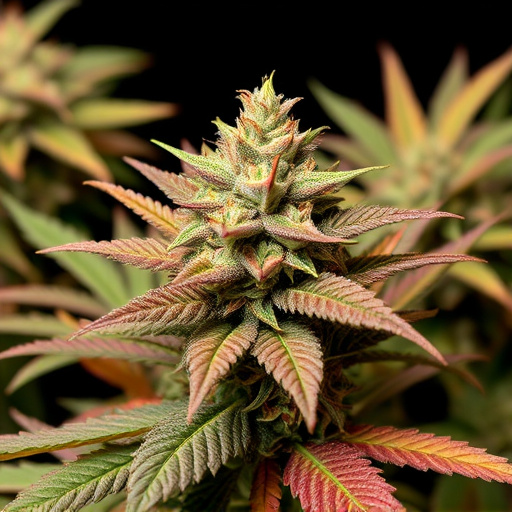
Trichomes, tiny glandular hairs found on the surface of cannabis plants, are a key factor in determining potency and quality. They produce a range of compounds, including cannabinoids like THC and CBD, terpenes, and flavonoids, which contribute to the plant’s unique aroma, flavor, and therapeutic effects. In big bud strains, these trichomes often appear as sticky, resinous glands, reflecting higher concentrations of valuable compounds.
Their importance extends beyond just potency; they also play a crucial role in protecting the plant from environmental stressors and diseases. The more mature and dense the trichomes, typically indicated by their color (clear to amber), the stronger the cannabis is likely to be. This makes them a visual guide for growers and consumers alike, ensuring that users gain access to the full potential of these powerful plants.
– Types of trichomes and their functions
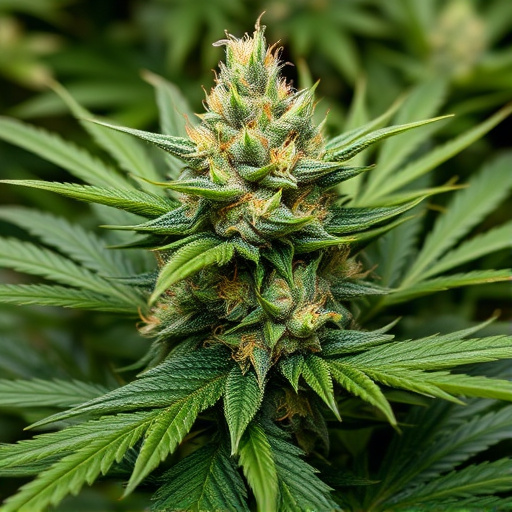
Trichomes, tiny glandular hairs found on the surface of cannabis plants, play a significant role in determining the potency and quality of the final product, especially in big bud strains. They secrete a wide range of compounds, including cannabinoids like THC (tetrahydrocannabinol) and CBD (cannabidiol), as well as terpenes, which contribute to the plant’s unique aroma and potential therapeutic effects.
There are several types of trichomes: glandular trichomes, bulbous trichomes, and non-glandular trichomes. Glandular trichomes, often found on the bracts surrounding the flowers, are responsible for producing most of the essential oils and cannabinoids. Bulbous trichomes, characterized by their swollen bases, also contribute to cannabinoid and terpene production. Non-glandular trichomes, less significant for potency, play a protective role in the plant. In big bud strains, dense packs of glandular trichomes are often sought after for their potential to deliver more intense effects and enhanced medicinal benefits.
Trichomes, those tiny hair-like structures covering cannabis flowers, play a pivotal role in determining the potency and quality of Big Bud strains. With various types, each offering unique benefits, understanding their functions is essential for cultivators and enthusiasts alike. By recognizing the significance of trichomes, we can better appreciate the complex world of cannabis potency and the incredible diversity within big bud strains.
